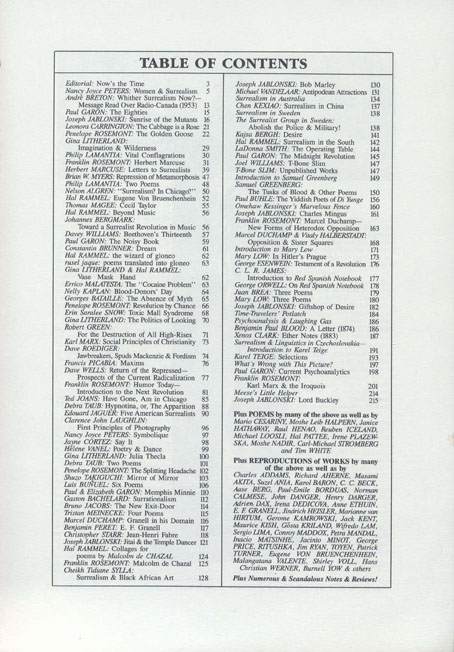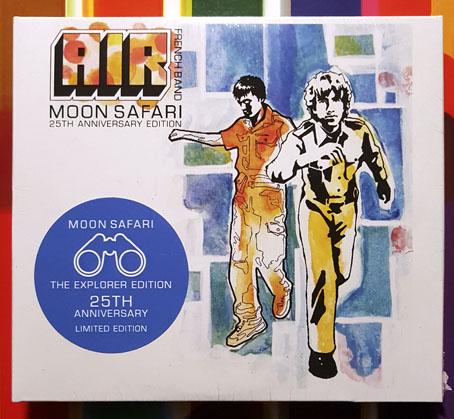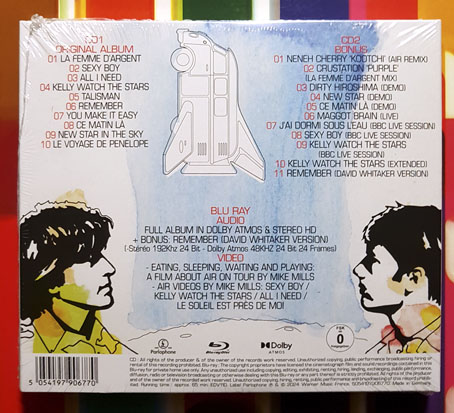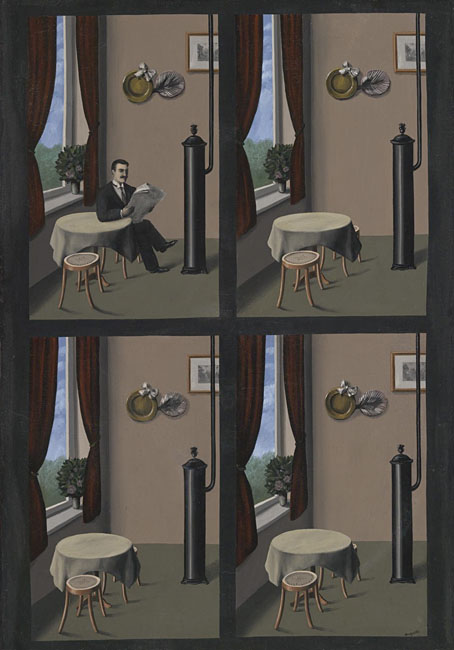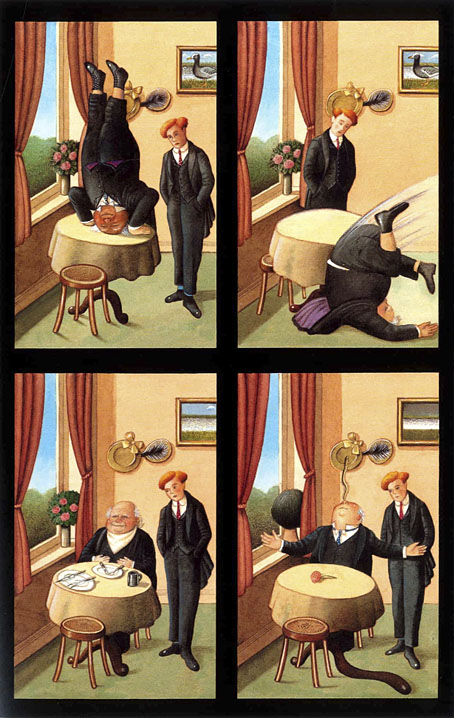Chion-in (Sanmon) Temple Gate.
My favourite season is here at last although we haven’t had much spring sunshine here today, just a lot of rain. I like the spring, as do the Japanese who have good reason to celebrate when the cherry blossom is in bloom at this time of year. I had an idea of making of post of ukiyo-e prints devoted to cherry blossoms but this raised the question of where to begin…and where to stop when ukiyo-e.org lists nearly 1,800 prints on the subject. Instead of looking for a selection of prints by different artists this is a series by a single artist, the very adept Hiroshi Yoshida whose views of India were featured here last year. The Eight Views of Cherry Blossom date from 1935, and like most ukiyo-e prints there’s considerable tone and colour variation in each print in the series depending on the aging of the paper or the quality of the printing. All of these prints may be seen in lighter/darker copies on the print-selling sites.
Arashiyama.
Hirosaki Castle.
In a Temple Yard.
Sankeien Garden.







